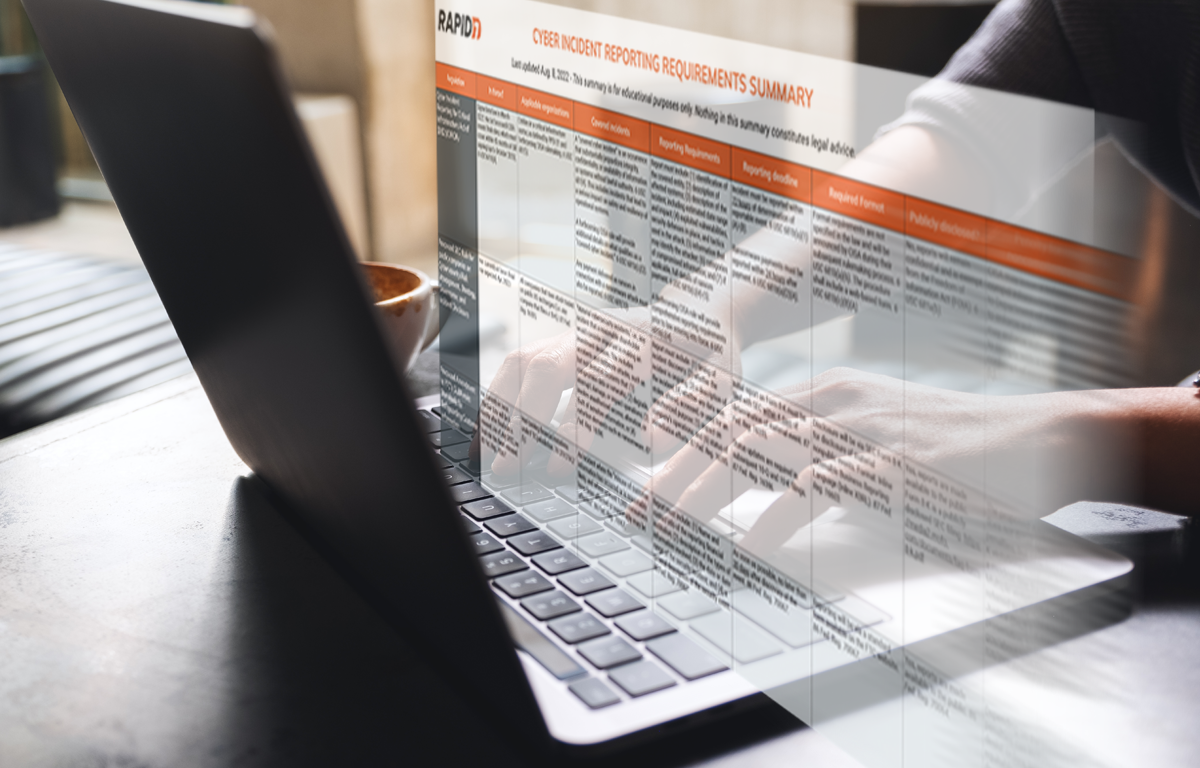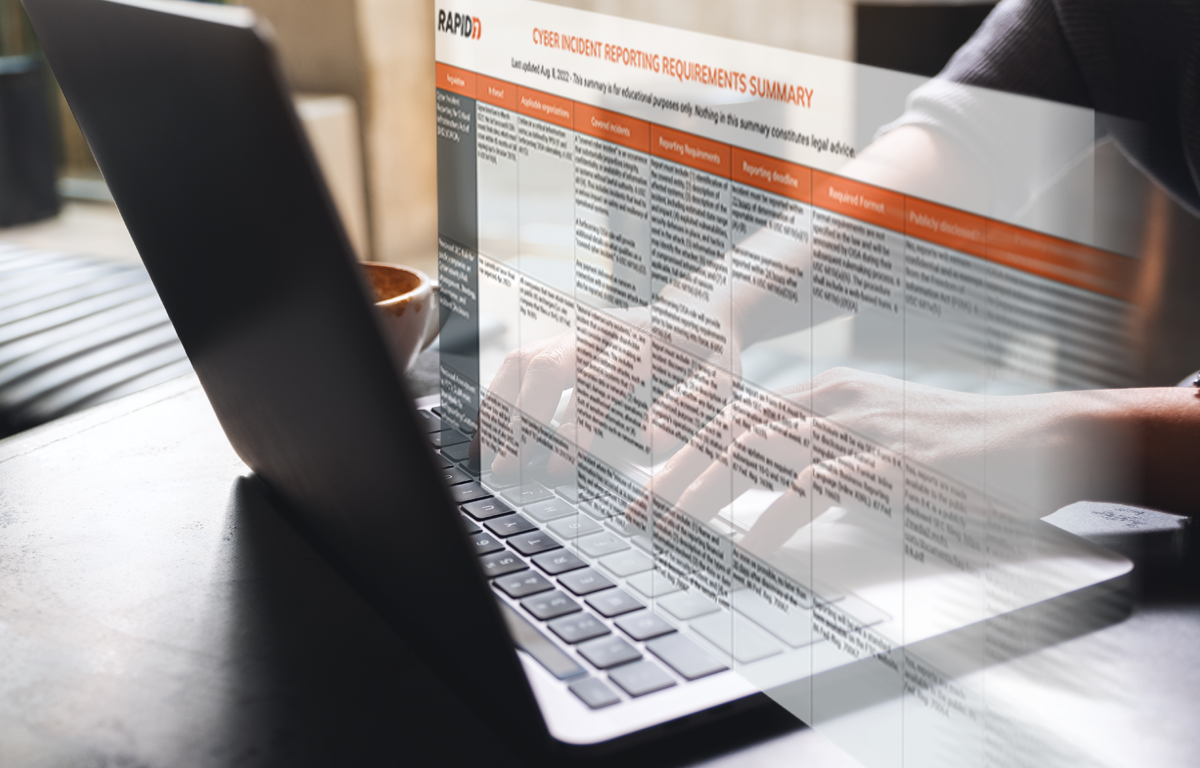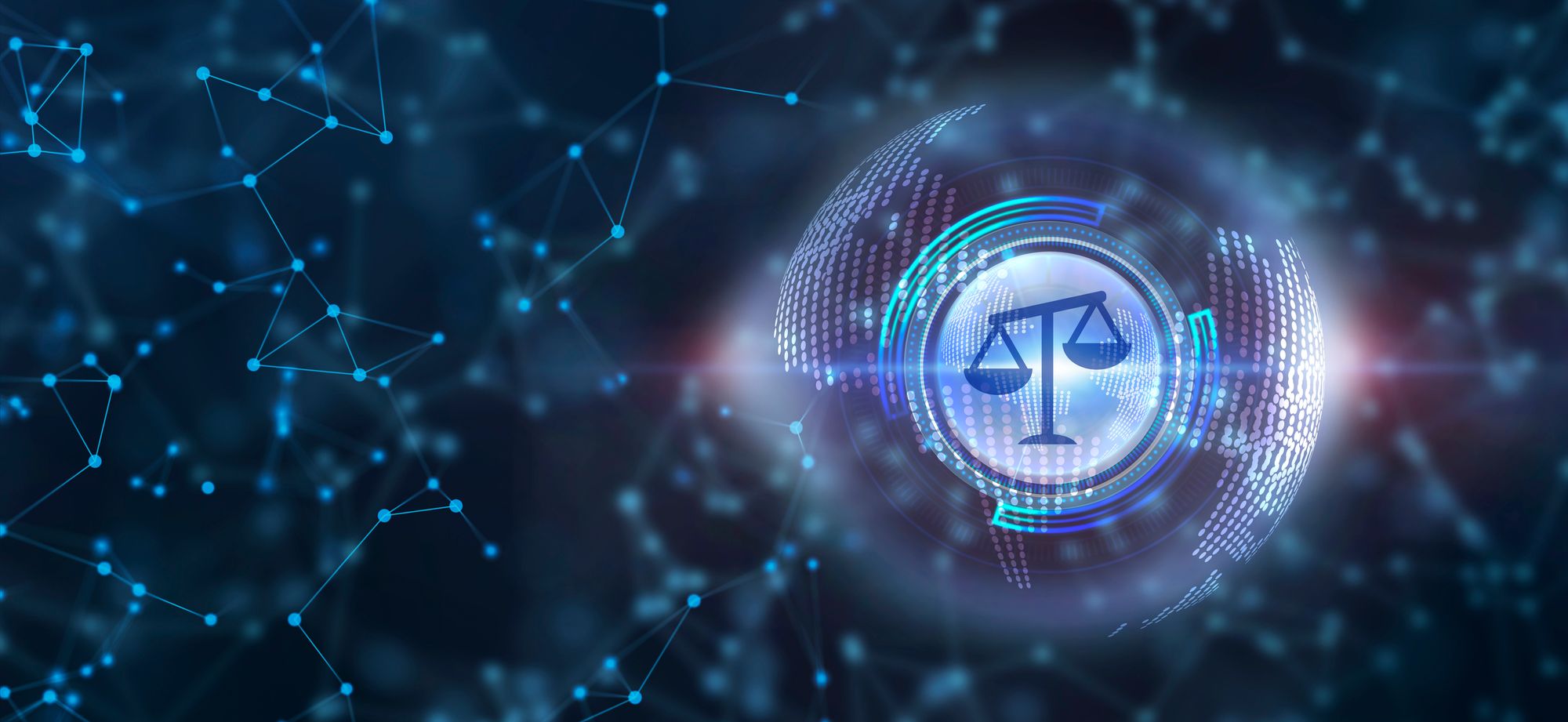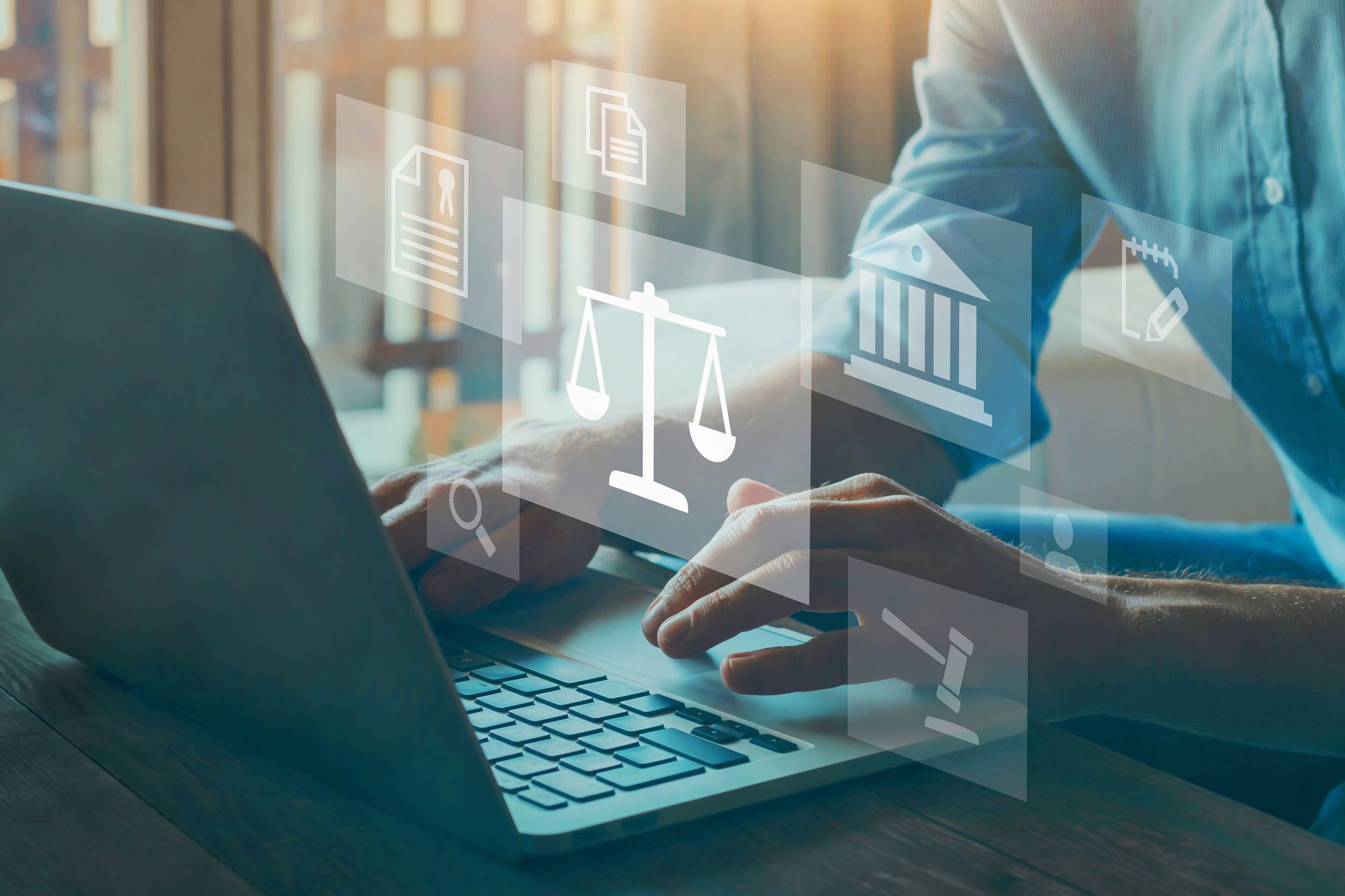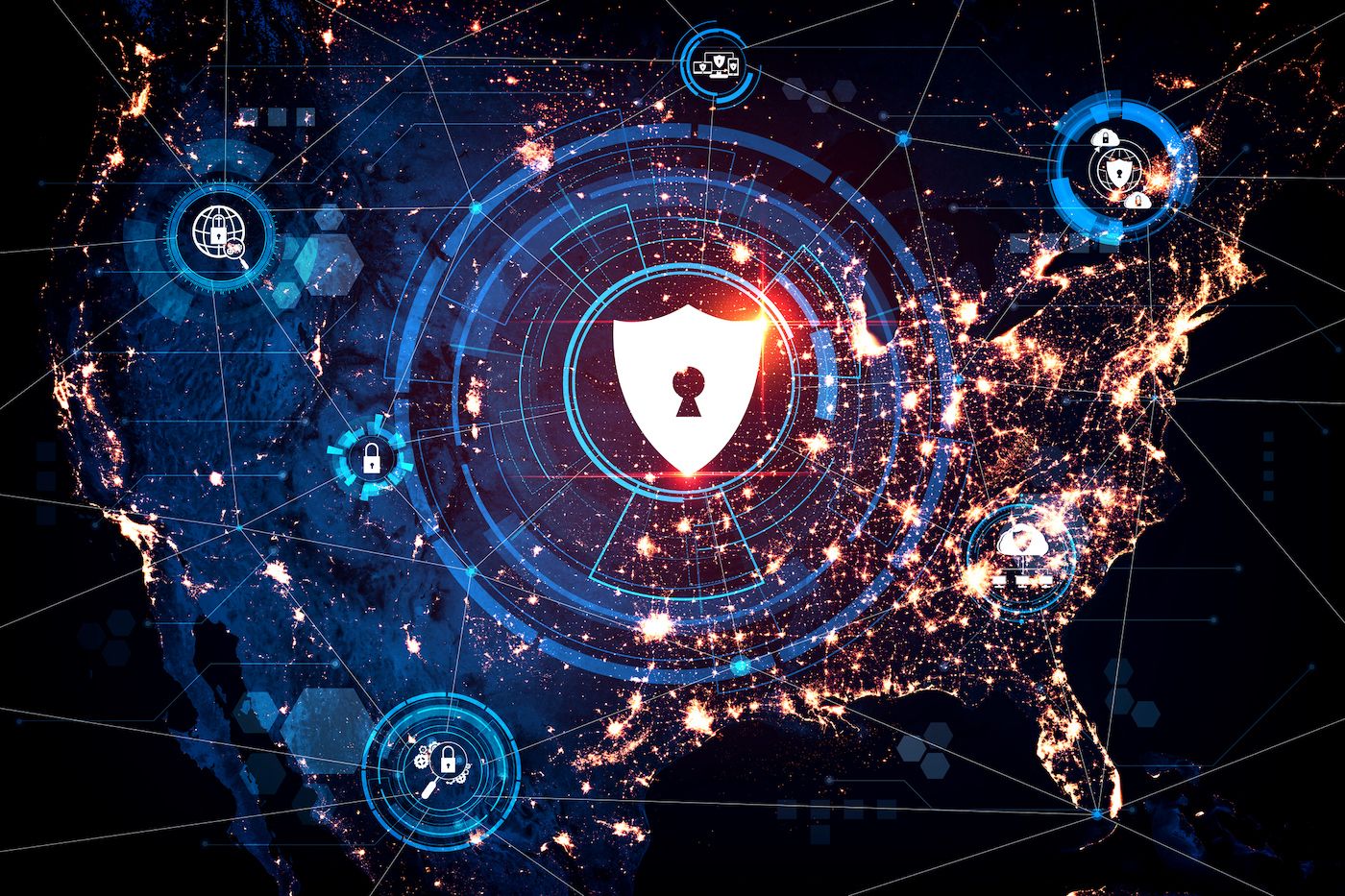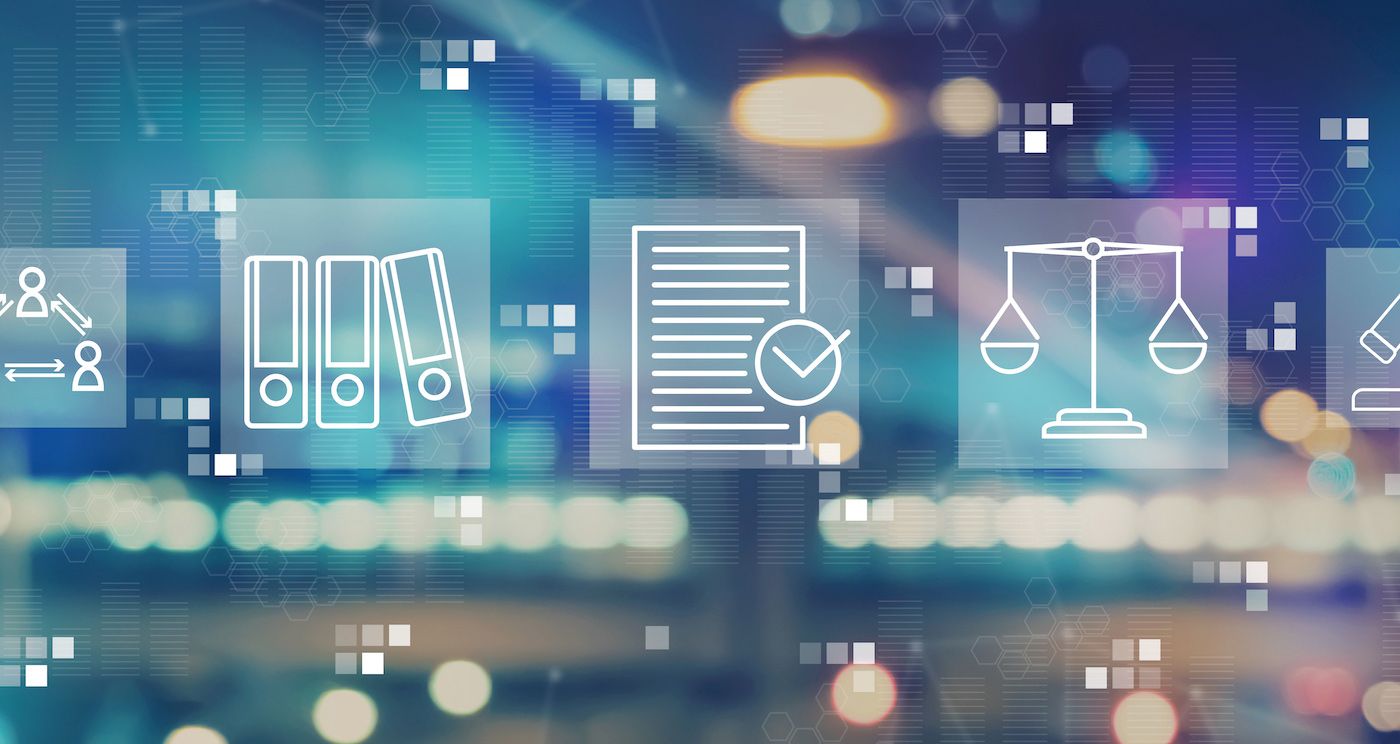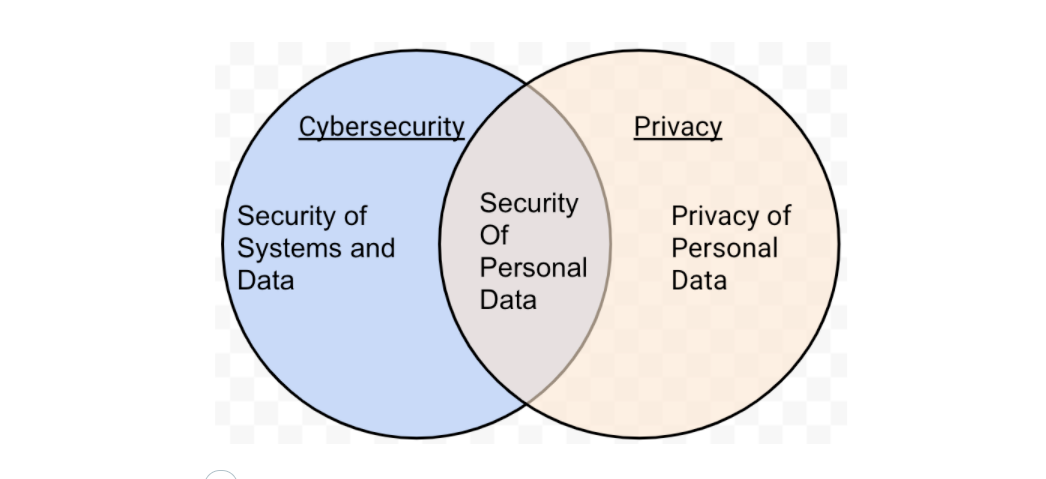Post Syndicated from Harley Geiger original https://blog.rapid7.com/2022/08/23/avoiding-smash-and-grab-under-the-secs-proposed-cyber-rule/

The SEC recently proposed a regulation to require all public companies to report cybersecurity incidents within four days of determining that the incident is material. While Rapid7 generally supports the proposed rule, we are concerned that the rule requires companies to publicly disclose a cyber incident before the incident has been contained or mitigated. This post explains why this is a problem and suggests a solution that still enables the SEC to drive companies toward disclosure.
(Terminology note: “Public companies” refers to companies that have stock traded on public US exchanges, and “material” means information that “there is a substantial likelihood that a reasonable shareholder would consider it important.” “Containment” aims to prevent a cyber incident from spreading. Containment is part of “mitigation,” which includes actions to reduce the severity of an event or the likelihood of a vulnerability being exploited, though may fall short of full remediation.)
In sum: The public disclosure of material cybersecurity incidents prior to containment or mitigation may cause greater harm to investors than a delay in public disclosure. We propose that the SEC provide an exemption to the proposed reporting requirements, enabling a company to delay public disclosure of an uncontained or unmitigated incident if certain conditions are met. Additionally, we explain why we believe other proposed solutions may not meet the SEC’s goals of transparency and avoidance of harm to investors.
Distinguished by default public disclosure
The purpose of the SEC’s proposed rule is to help enable investors to make informed investment decisions. This is a reflection of the growing importance of cybersecurity to corporate governance, risk assessment, and other key factors that stockholders weigh when investing. With the exception of reporting unmitigated incidents, Rapid7 largely supports this perspective.
The SEC’s proposed rule would (among other things) require companies to disclose material cyber incidents on Form 8-K, which are publicly available via the EDGAR system. Crucially, the SEC’s proposed rule makes no distinction between public disclosure of incidents that are contained or mitigated and incidents that are not yet contained or mitigated. While the public-by-default nature of the disclosure creates new problems, it also aligns with the SEC’s purpose in proposing the rule.
In contrast to the SEC’s proposed rule, the purpose of most other incident reporting regulations is to strengthen cybersecurity – a top global policy priority. As such, most other cyber incident reporting regulators (such as CISA, NERC, FDIC, Fed. Reserve, OCC, NYDFS, etc.) do not typically make incident reports public in a way that identifies the affected organization. In fact, some regulations (such as CIRCIA and the 2021 TSA pipeline security directive) classify company incident reports as sensitive information exempt from FOIA.
Beyond regulations, established cyber incident response protocol is to avoid tipping off an attacker until the incident is contained and the risk of further damage has been mitigated. See, for example, CISA’s Incident Response Playbook (especially sections on opsec) and NIST’s Computer Security Incident Handling Guide (especially Section 2.3.4). For similar reasons, it is commonly the goal of coordinated vulnerability disclosure practices to avoid, when possible, public disclosure of a vulnerability until the vulnerability has been mitigated. See, for example, the CERT Guide to Coordinated Disclosure.
While it may be reasonable to require disclosure of a contained or mitigated incident within four days of determining its materiality, a strict requirement for public disclosure of an unmitigated or ongoing incident is likely to expose companies and investors to additional danger. Investors are not the only group that may act on a cyber incident report, and such information may be misused.
Smash and grab harms investors and misprices securities
Cybercriminals often aim to embed themselves in corporate networks without the company knowing. Maintaining a low profile lets attackers steal data over time, quietly moving laterally across networks, steadily gaining greater access – sometimes over a period of years. But when the cover is blown and the company knows about its attacker? Forget secrecy, it’s smash and grab time.
Public disclosure of an unmitigated or uncontained cyber incident will likely lead to attacker behaviors that cause additional harm to investors. Note that such acts would be in reaction to the public disclosure of an unmitigated incident, and not a natural result of the original attack. For example:
- Smash and grab: A discovered attacker may forgo stealth and accelerate data theft or extortion activities, causing more harm to the company (and therefore its investors). Consider this passage from the MS-ISAC’s 2020 Ransomware Guide: “Be sure [to] avoid tipping off actors that they have been discovered and that mitigation actions are being undertaken. Not doing so could cause actors to move laterally to preserve their access [or] deploy ransomware widely prior to networks being taken offline.”
- Scorched earth: A discovered attacker may engage in anti-forensic activity (such as deleting logs), hindering post-incident investigations and intelligence sharing that could prevent future attacks that harm investors. From CISA’s Playbook: “Some adversaries may actively monitor defensive response measures and shift their methods to evade detection and containment.”
- Pile-on: Announcing that a company has an incident may cause other attackers to probe the company and discover the vulnerability or attack vector from the original incident. If the incident is not yet mitigated, the copycat attackers can cause further harm to the company (and therefore its investors). From the CERT Guide to CVD: “Mere knowledge of a vulnerability’s existence in a feature of some product is sufficient for a skillful person to discover it for themselves. Rumor of a vulnerability draws attention from knowledgeable people with vulnerability finding skills — and there’s no guarantee that all those people will have users’ best interests in mind.”
- Supply chain: Public disclosure of an unmitigated cybersecurity incident may alert attackers to a vulnerability that is present in other companies, the exploitation of which can harm investors in those other companies. Publicly disclosing “the nature and scope” of material incidents within four business days risks exposing enough detail of an otherwise unique zero-day to encourage rediscovery and reimplementation by other criminal and espionage groups against other organizations. For example, fewer than 100 organizations were actually exploited through the Solarwinds supply chain attack, but up to 18,000 organizations were at risk.
In addition, requiring public disclosure of uncontained or unmitigated cyber incidents may result in mispricing the stock of the affected company. By contradicting best practices for cyber incident response and inviting new attacks, the premature public disclosure of an uncontained or unmitigated incident may provide investors with an inaccurate measure of the company’s true ability to respond to cybersecurity incidents. Moreover, a premature disclosure during the incident response process may result in investors receiving inaccurate information about the scope or impact of the incident.
Rapid7 is not opposed to public disclosure of unmitigated vulnerabilities or incidents in all circumstances, and our security researchers publicly disclose vulnerabilities when necessary. However, public disclosure of unmitigated vulnerabilities typically occurs after failure to mitigate (such as due to inability to engage the affected organization), or when users should take defensive measures before mitigation because ongoing exploitation of the vulnerability “in the wild” is actively harming users. By contrast, the SEC’s proposed rule would rely on a public disclosure requirement on a restrictive timeline in nearly all cases, creating the risk of additional harm to investors that can outweigh the benefits of public disclosure.
Proposed solution
Below, we suggest a solution that we believe achieves the SEC’s ultimate goal of investor protection by requiring timely disclosure of cyber incidents and simultaneously avoiding the unnecessary additional harm to investors that may result with premature public disclosure.
Specifically, we suggest that the proposed rule remains largely the same — i.e., the SEC continues to require that companies determine whether the incident is material as soon as practicable after discovery of the cyber incident, and file a report on Form 8-K four days after the materiality determination under normal circumstances. However, we propose that the rule be revised to also provide companies with a temporary exemption from public disclosure if each of the below conditions are met:
- The incident is not yet contained or otherwise mitigated to prevent additional harm to the company and its investors;
- The company reasonably believes that public disclosure of the uncontained or unmitigated incident may cause substantial additional harm to the company, its investors, or other public companies or their investors;
- The company reasonably believes the incident can be contained or mitigated in a timely manner; and
- The company is actively engaged in containing or mitigating the incident in a timely manner.
The determination of the applicability of the aforementioned exception may be made simultaneously to the determination of materiality. If the exception applies, the company may delay public disclosure until such time that any of the conditions are no longer occurring, at which point, they must publicly disclose the cyber incident via Form 8-K, no later than four days after the date on which the exemption is no longer applicable. The 8-K disclosure could note that, prior to filing the 8-K, the company relied on the exemption from disclosure. Existing insider trading restrictions would, of course, continue to apply during the public disclosure delay.
If an open-ended delay in public disclosure for containment or mitigation is unacceptable to the SEC, then we suggest that the exemption only be available for 30 days after the determination of materiality. In our experience, the vast majority of incidents can be contained and mitigated within that time frame. However, cybersecurity incidents can vary greatly, and there may nonetheless be rare outliers where the mitigation process exceeds 30 days.
Drawbacks of other solutions
Rapid7 is aware of other solutions being floated to address the problem of public disclosure of unmitigated cyber incidents. However, these carry drawbacks that do not align with the purpose of the SEC rule or potentially don’t make sense for cybersecurity. For example:
- AG delay: The SEC’s proposed rule considers allowing a delay in reporting the incident when the Attorney General (AG) determines the delay is in the interest of national security. This is an appropriate delay, but insufficient on its own. This AG delay would apply to a very small fraction of major cyber incidents and not prevent the potential harms described above in the vast majority of cases.
- Law enforcement delay: The SEC’s proposed rule considers, and then rejects, a delay when incident reporting would hinder a law enforcement investigation. We believe this too would be an appropriate delay, to ensure law enforcement can help prevent future cyber incidents that would harm investors. However, it is unclear if this delay would be triggered in many cases. First, the SEC’s proposed timeframe (four days after concluding the incident is material) poses a tight turnaround for law enforcement to start a new investigation or add to an existing investigation, determine how disclosure might impact the investigation, and then request delay from the SEC. Second, law enforcement agencies already have investigations opened against many cybercriminal groups, so public disclosure of another incident may not make a significant difference in the investigation, even if public disclosure of the incident would cause harm. Although a law enforcement delay would be used more than the AG delay, we still anticipate it would apply to only a fraction of incidents.
- Vague disclosures: Another potential solution is to continue to require public companies to disclose unmitigated cyber incidents on the proposed timeline, but to allow the disclosures to be so vague that it is unclear whether the incident has been mitigated. Yet an attacker embedded in a company network is unlikely to be fooled by a vague incident report from the same company, and even a vague report could encourage new attackers to try to get a foothold in. In addition, very vague disclosures are unlikely to be useful for investor decision-making.
- Materiality after mitigation: Another potential solution is to require a materiality determination only after the incident has been mitigated. However, this risks unnecessary delays in mitigation to avoid triggering the deadline for disclosure, even for incidents that could be mitigated within the SEC’s proposed timeline. Although containment or mitigation of an incident is important prior to public disclosure of the incident, completion of mitigation is not necessarily a prerequisite to determining the seriousness (i.e., materiality) of an incident.
Balancing risks and benefits of transparency
The SEC has an extensive list of material information that it requires companies to disclose publicly on 8-Ks – everything from bankruptcies to mine safety. However, public disclosure of any of these other items is not likely to prompt new criminal actions that bring additional harm to investors. Public disclosure of unmitigated cyber incidents poses unique risks compared with other disclosures and should be considered in that light.
The SEC has long been among the most forward-looking regulators on cybersecurity issues. We thank them for the acknowledgement of the significance of cybersecurity to corporate management, and for taking the time to listen to feedback from the community. Rapid7’s feedback is that we agree on the usefulness of disclosure of material cybersecurity incidents, but we encourage SEC to ensure its public reporting requirement avoids undermining its own goals and providing more opportunities for attackers.
NEVER MISS A BLOG
Get the latest stories, expertise, and news about security today.
Subscribe
Additional reading:
